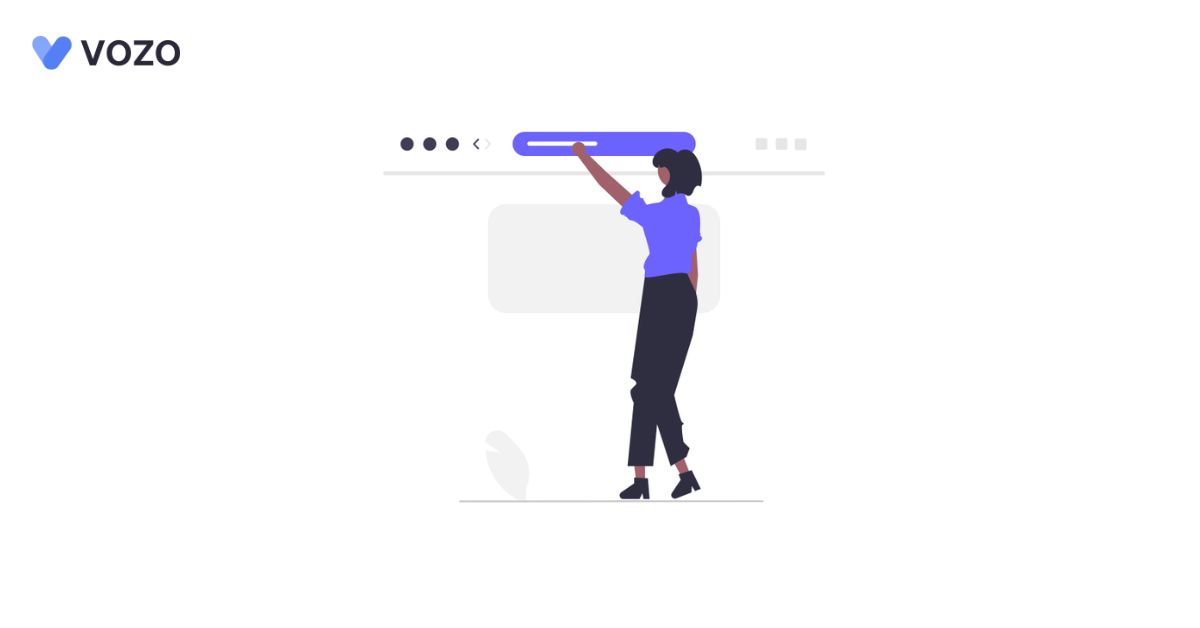Integrating SDOH into EHRs: A Quality Improvement Approach
The inclusion of Social Determinants Of Health (SDOH) screening EHR integration has already increased the SDOH documentation by three times in patient records at some primary care centers.
What is SDOH and what are SDOH factors?
Social determinants of health (SDOH) are the social and economic factors that can impact an individual’s health and well-being. Some examples of SDOH factors include:
- Income and poverty level
- Education level
- Employment status
- Housing and living conditions
- Food security and access to healthy food
- Transportation
- Neighbourhood and community characteristics
- Social support networks
- Race and ethnicity
- Immigration status
- Sexual orientation and gender identity
- Access to healthcare and health insurance
- Environmental factors
- Access to technology and the internet
These factors can interact and influence one another and can have a significant impact on an individual’s health outcomes, such as increasing the risk of chronic diseases, mental health conditions, and premature death.
RELATED: EHR Telehealth Integration: How Vozo Helps In Tackling Your Hardest Challenges
SDOH Documentation Challenge & Primary care EHR Solution
According to the National Academy of Medicine, 80 to 90% of benefactors of healthy outcomes for a population are social determinants of health (SDOH), like food insecurity.
But managing such a large population isn’t kids’ play and SDOH factors are not often available in the EHR at the point of care. The people who document SDOH factors save the information in their own templates so the data is not available within the primary care provider’s EHR workflow. This challenge can be overcome by SDOH EHR integration. This ensures SDOH data access to primary care providers anytime, anywhere.
The Impact of EHR Integration on SDOH Documentation
- EHR (electronic health record) integration can enhance SDOH (social determinants of health) documentation by allowing a more efficient and comprehensive collection of patient information.
- This includes demographic data, financial status, education level, housing and transportation, food security, and other social factors that can impact a patient’s health.
- With EHR integration, healthcare providers can easily access and analyze this information, leading to more informed and personalized treatment plans.
- Additionally, EHR integration can facilitate communication and collaboration among different healthcare providers, enabling them better to coordinate care for patients with complex social needs.
- The awareness about the risk and other factors that the patients deal with every day will be increased among clinical teams.
RELATED: 5 Quests To Ask Yourself Before Integrating Labs With Your Behavioral Health EHRs
Cloud-based EHR Software from Vozo
Vozo EHR software is a cloud-based solution that provides a sophisticated, customizable, and integrated EHR. It saves physicians and practices from documentation burdens and has SDOH integration.
Our customizable templates let physicians view patient records & create case notes, and more from a single screen. Vozo RCM integrated with EHR & PM software offers greater efficiency and cost savings across the board. Our specialty-specific tools improve workflow, billing, scheduling, and documentation.
Our features – e-prescribing, security, patient portals, lab integration, cloud hosting, and more. We offer – the best means of ICD-10 standards. Easily identify healthcare gaps based on patient visits, diagnosis, and test results. Customize fields on Vozo EHR as you wish for detailed practice-wide financial analytics.
“Let’s make your practice more accessible to all with an effective EHR integration, together”
About the author

With more than 4 years of experience in the dynamic healthcare technology landscape, Sid specializes in crafting compelling content on topics including EHR/EMR, patient portals, healthcare automation, remote patient monitoring, and health information exchange.
His expertise lies in translating cutting-edge innovations and intricate topics into engaging narratives that resonate with diverse audiences.














